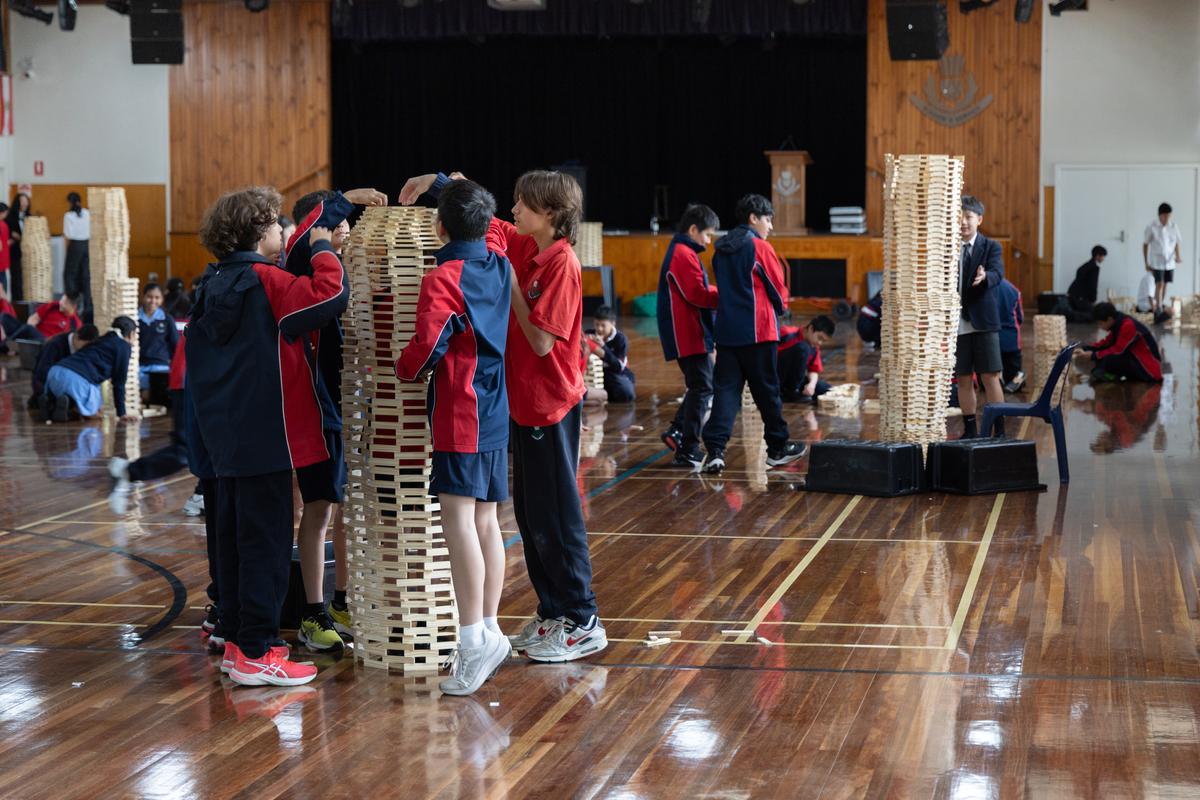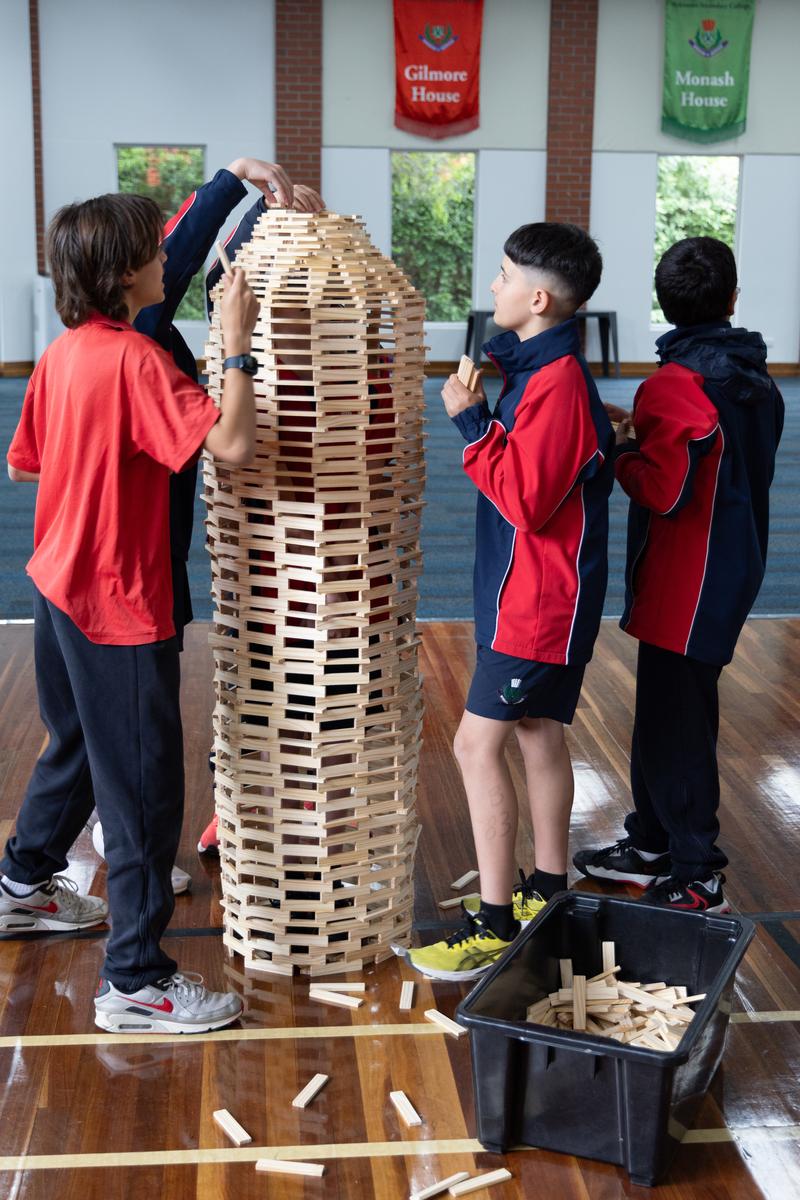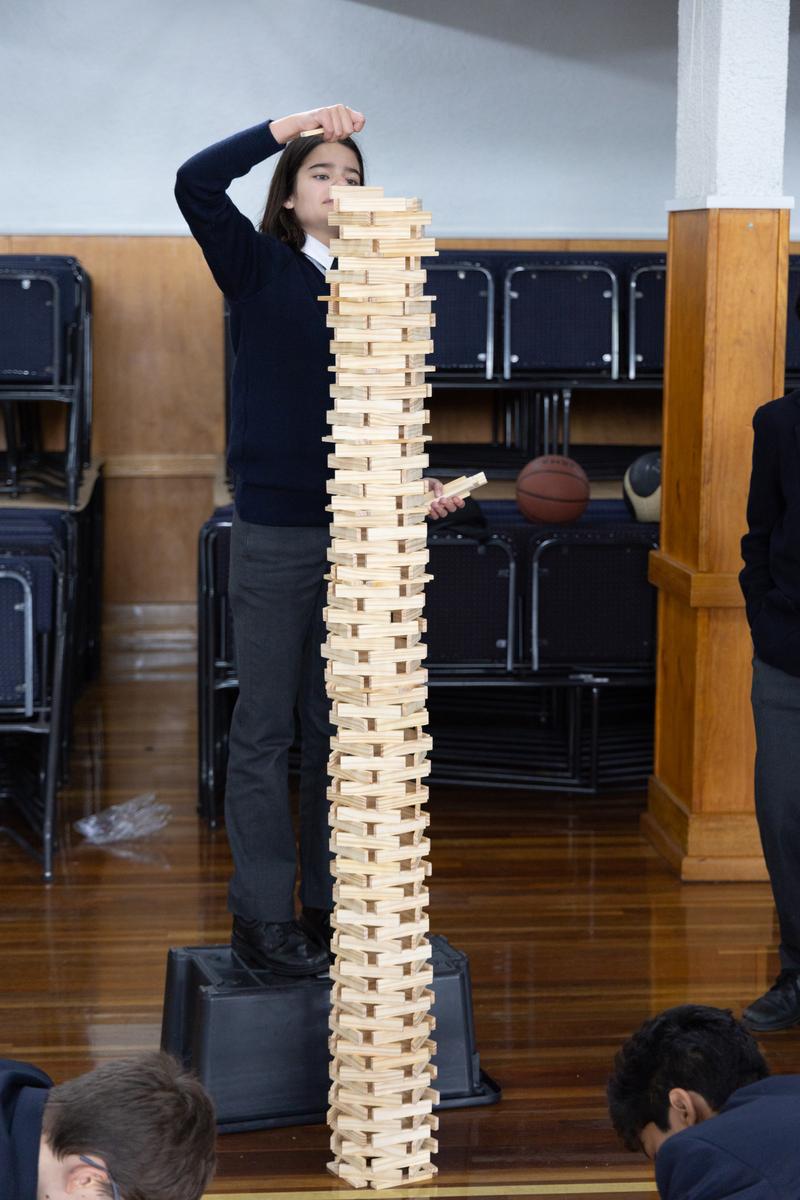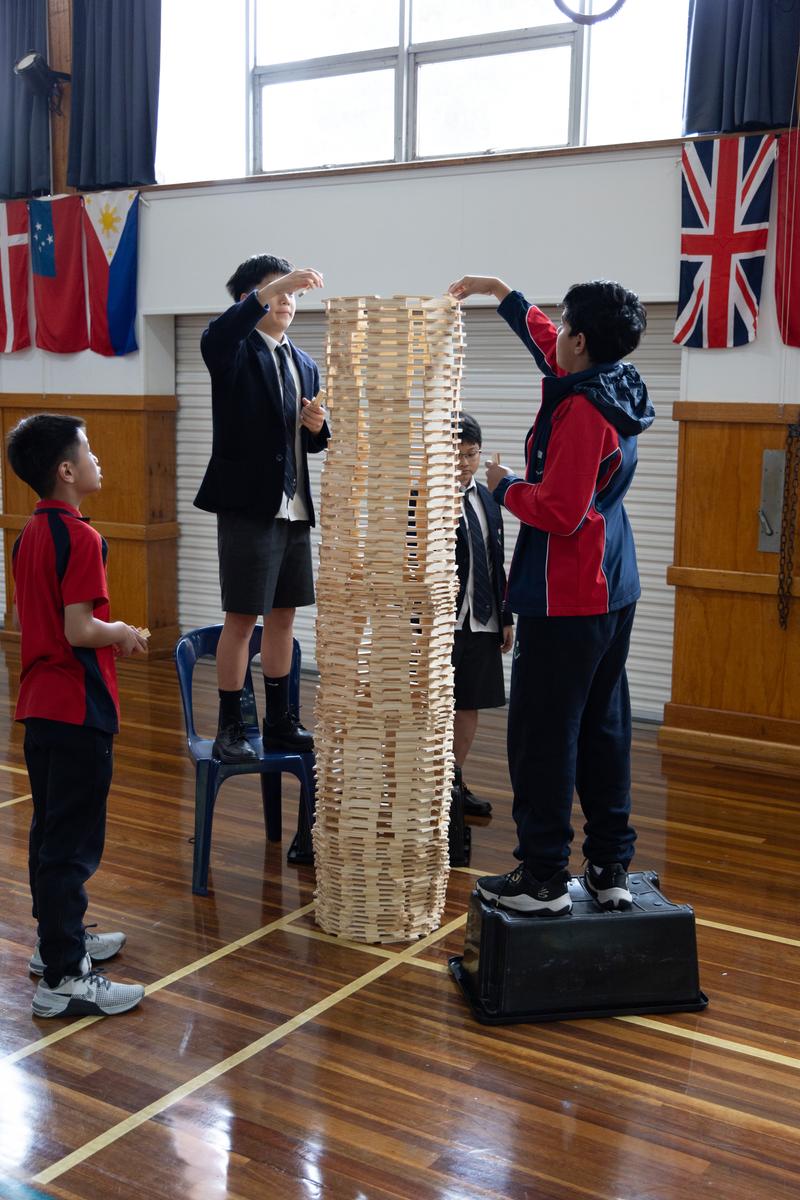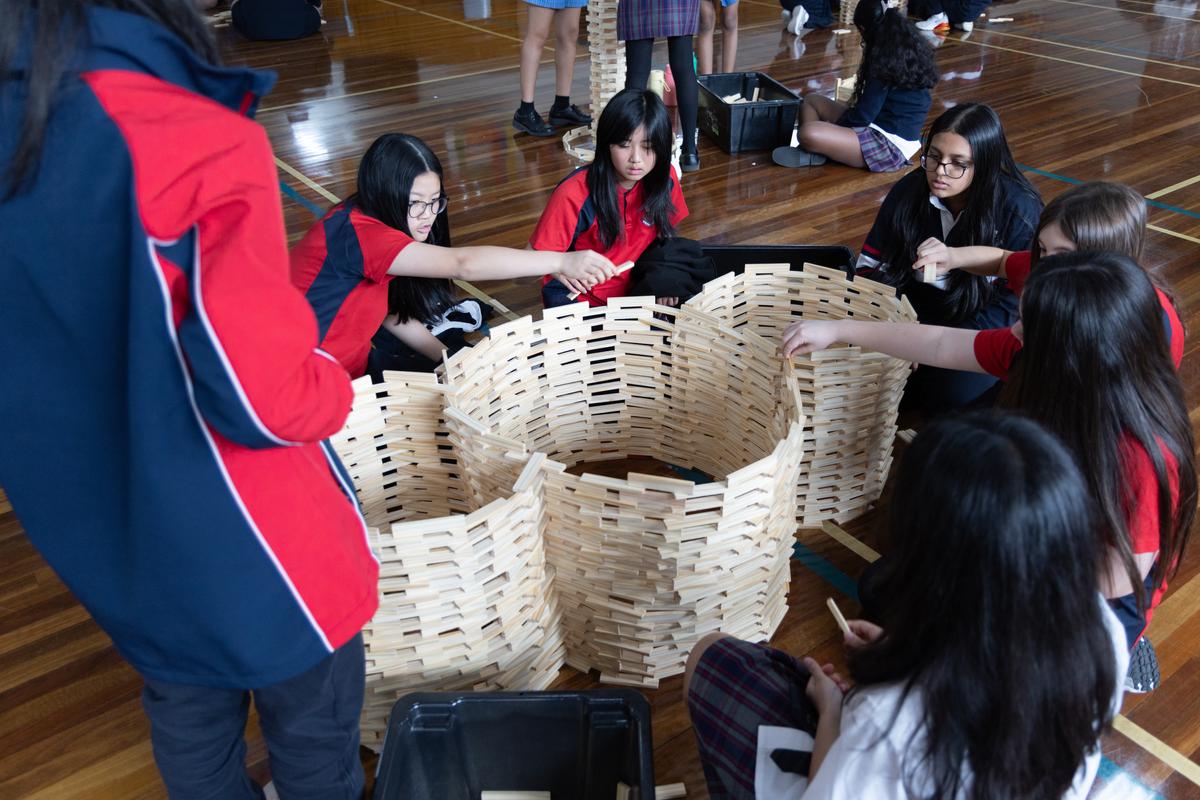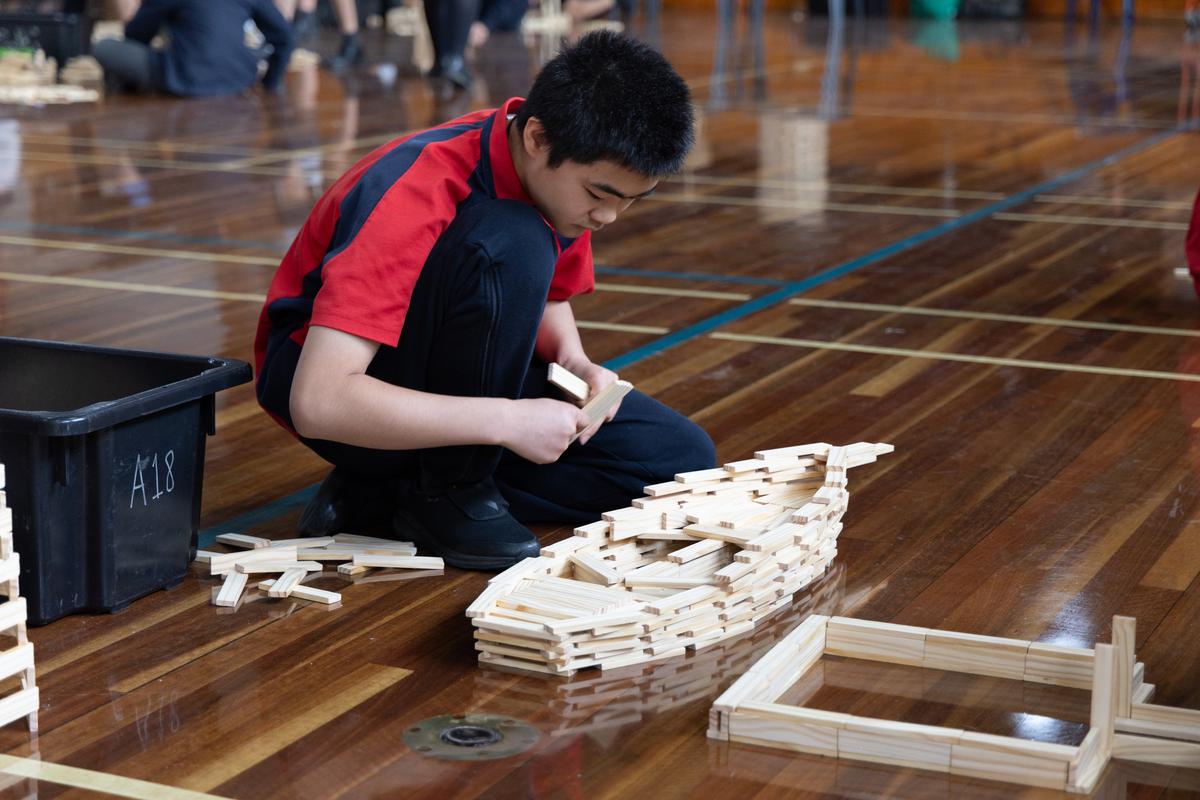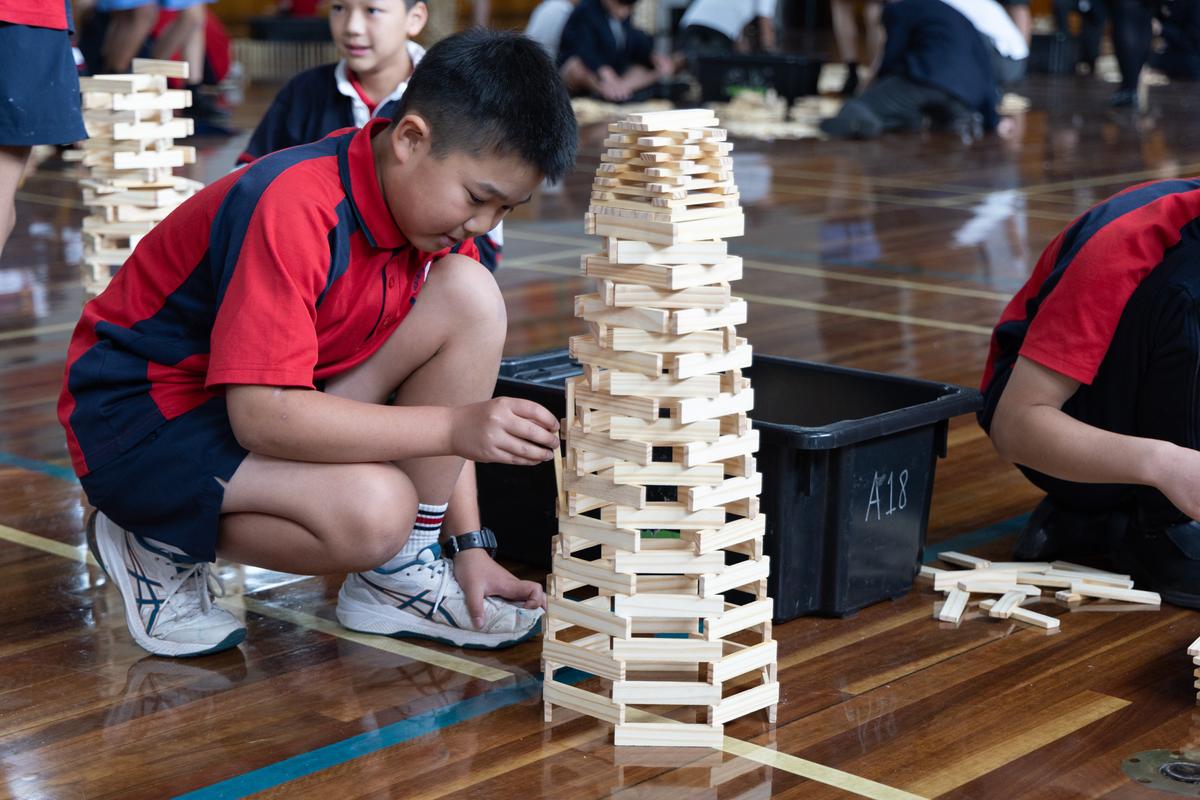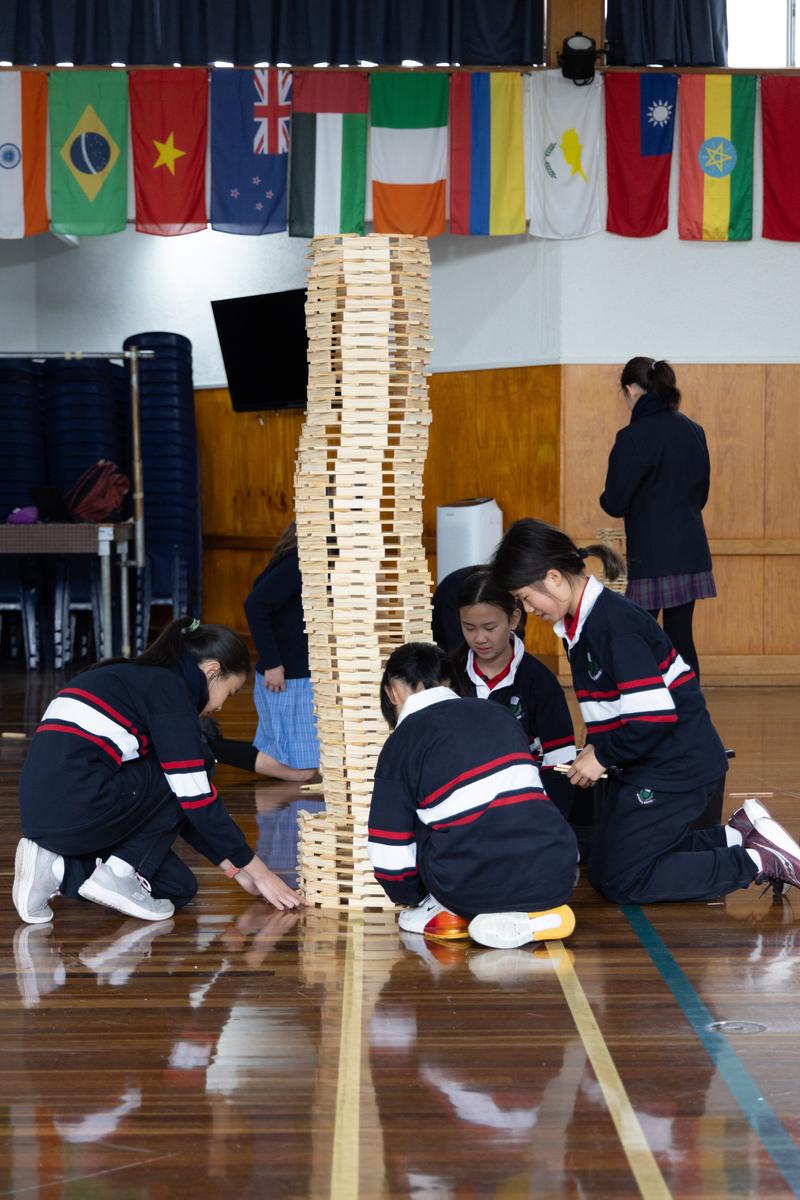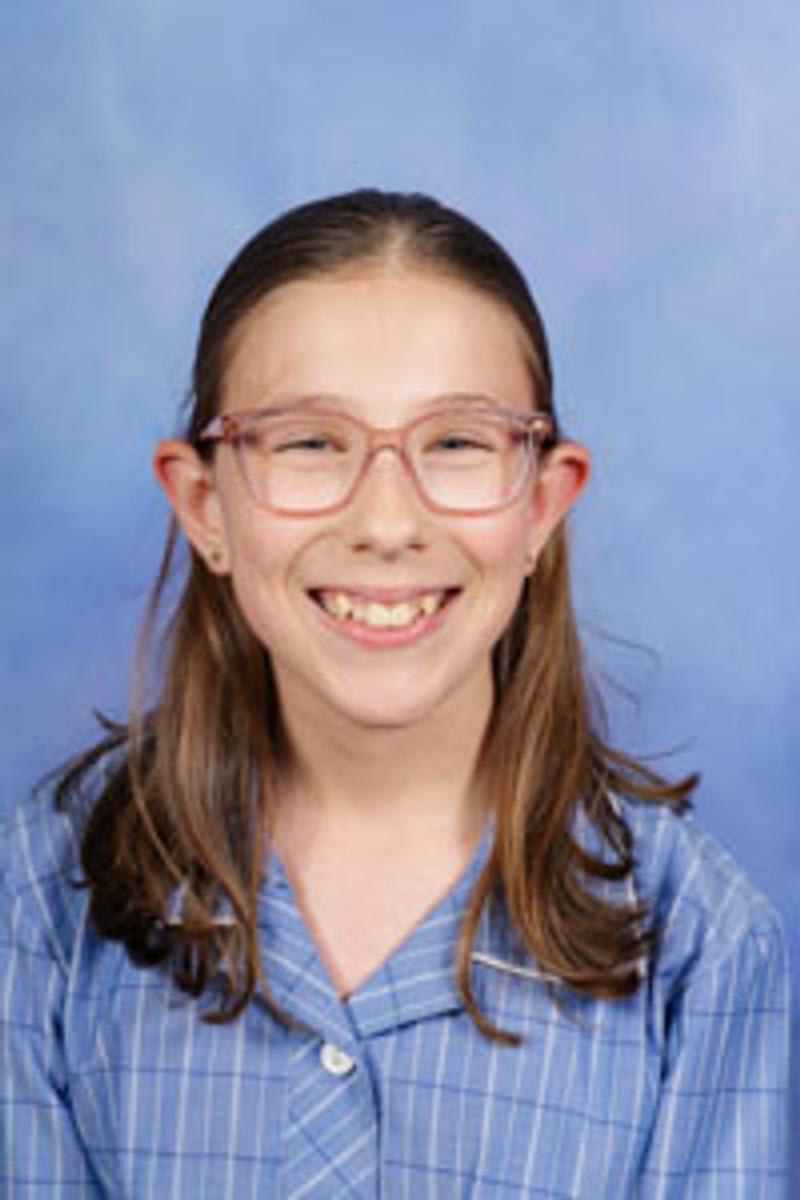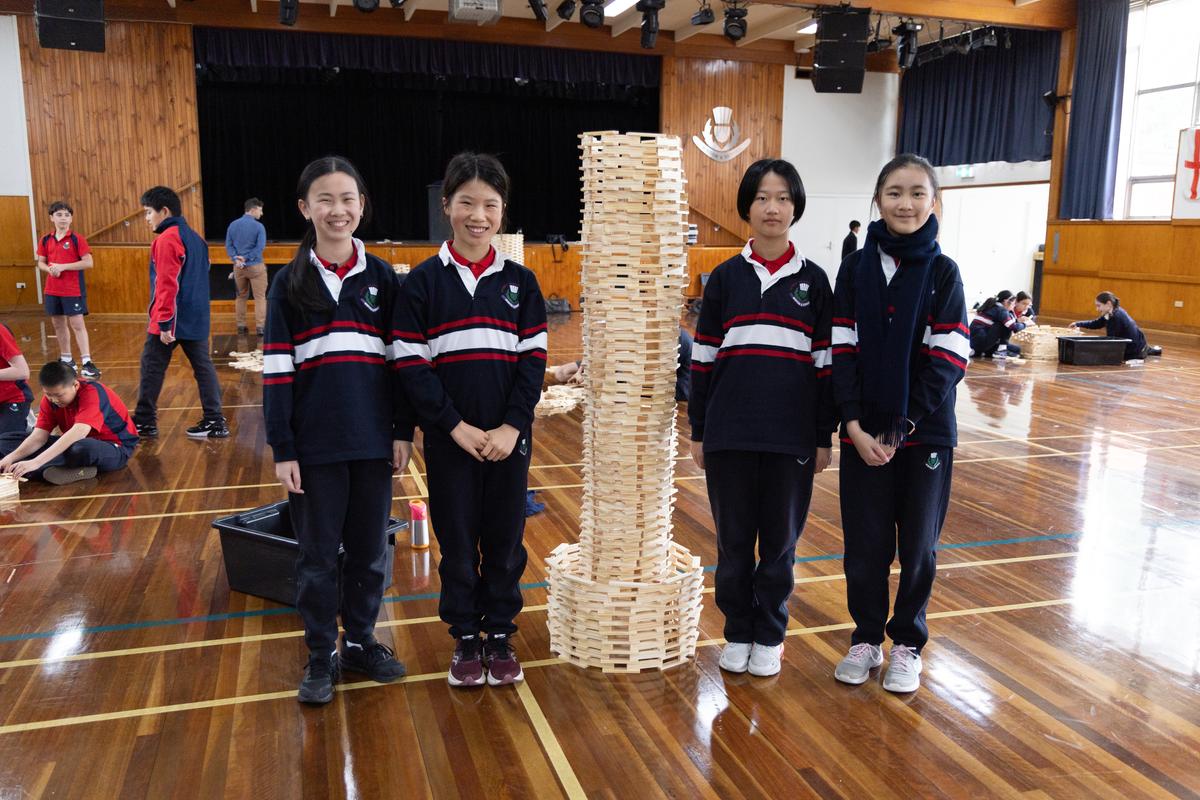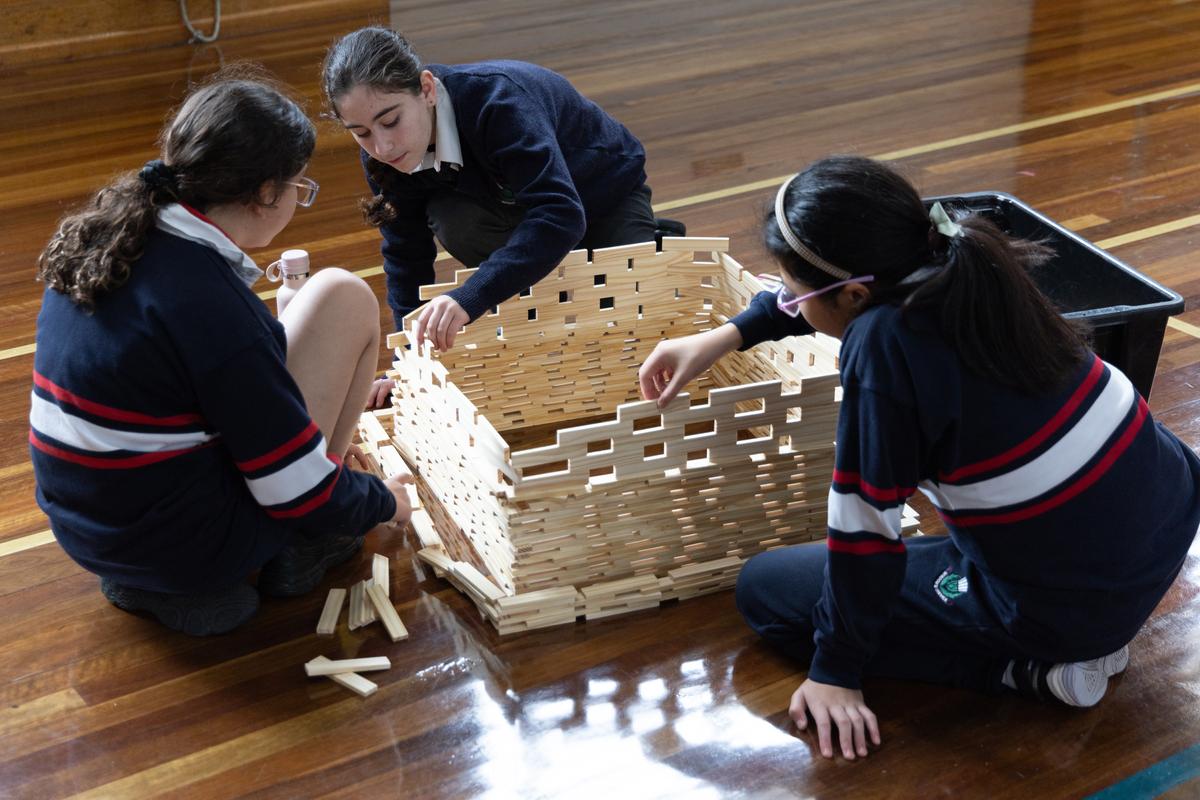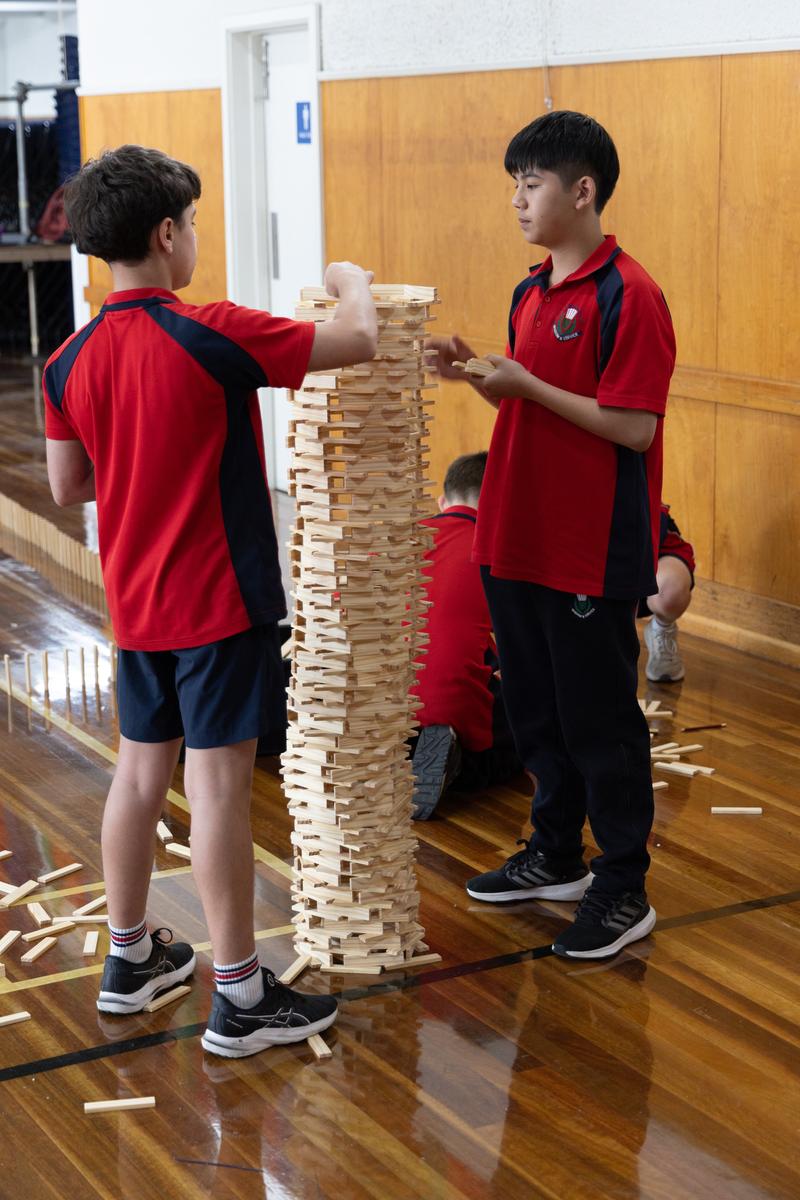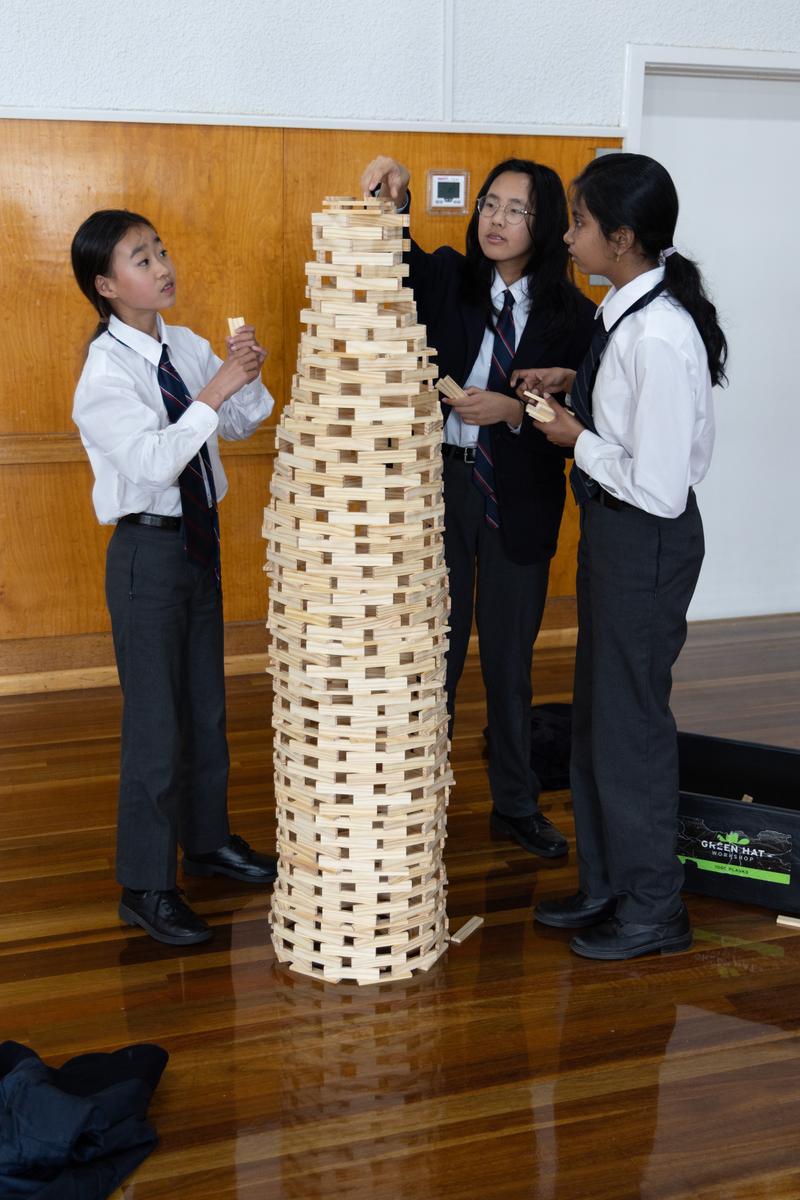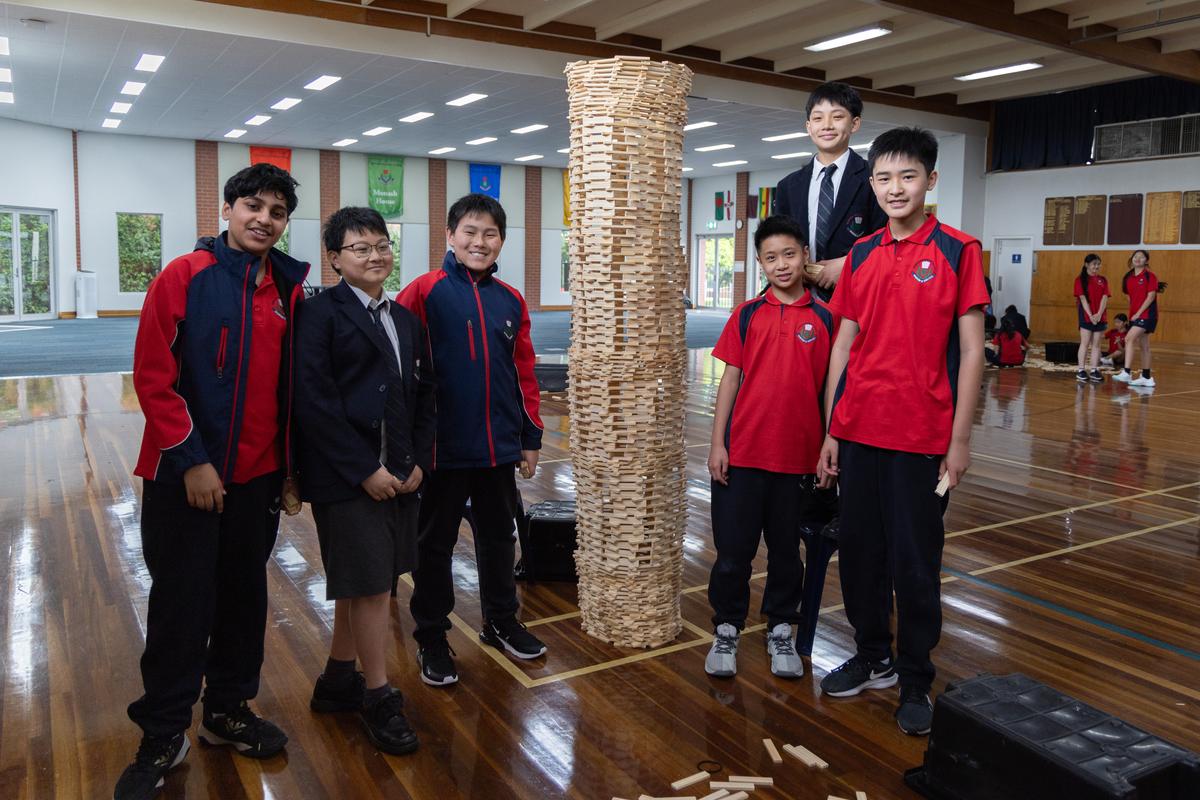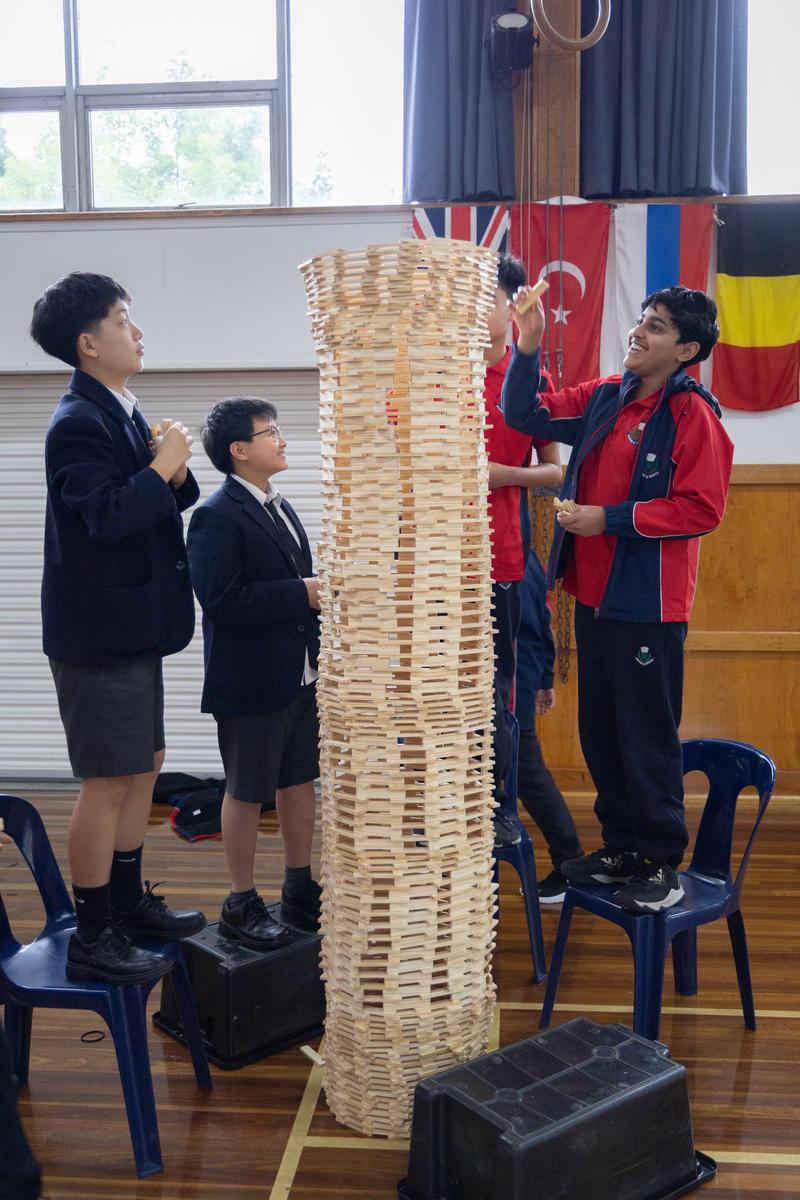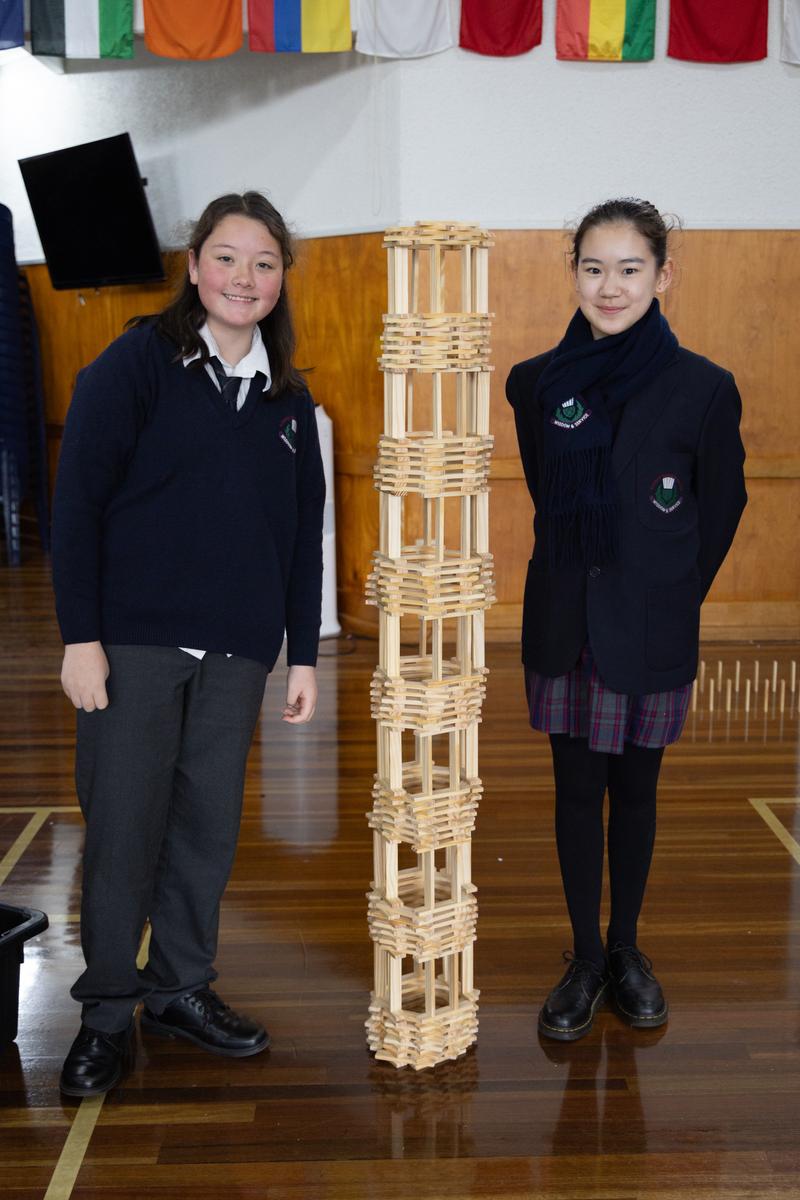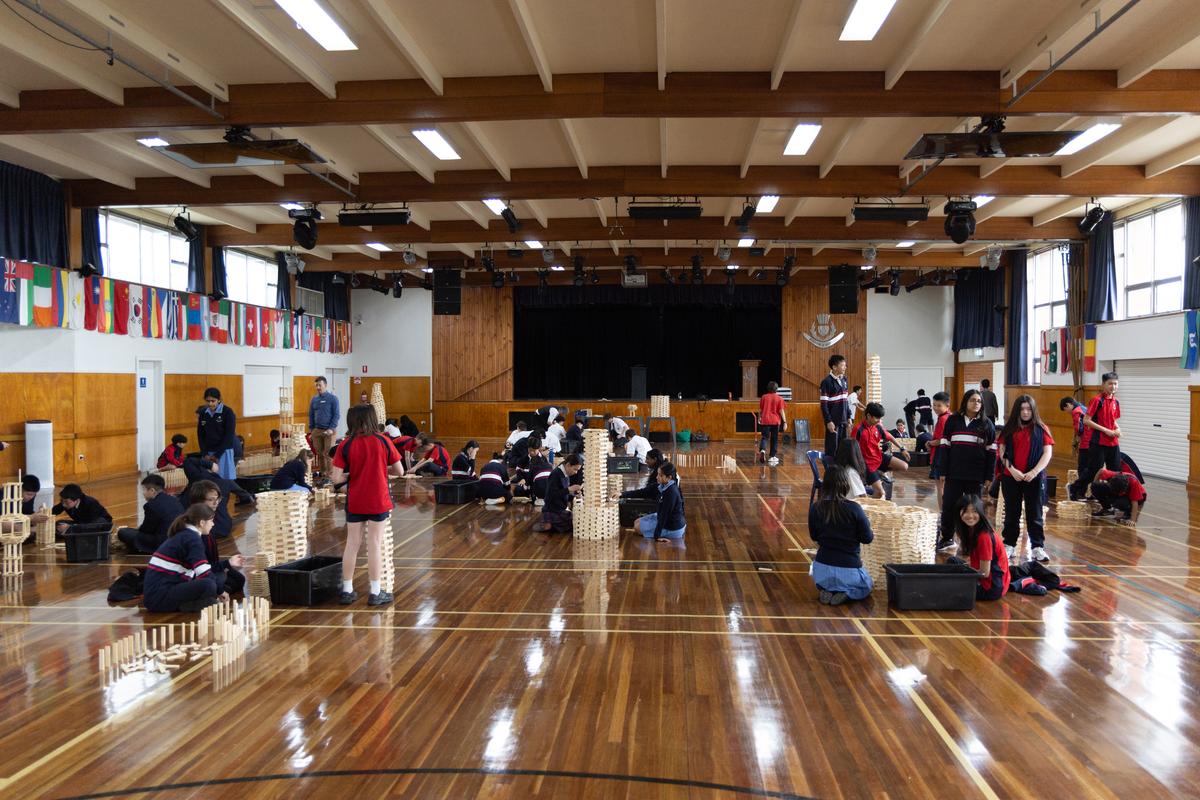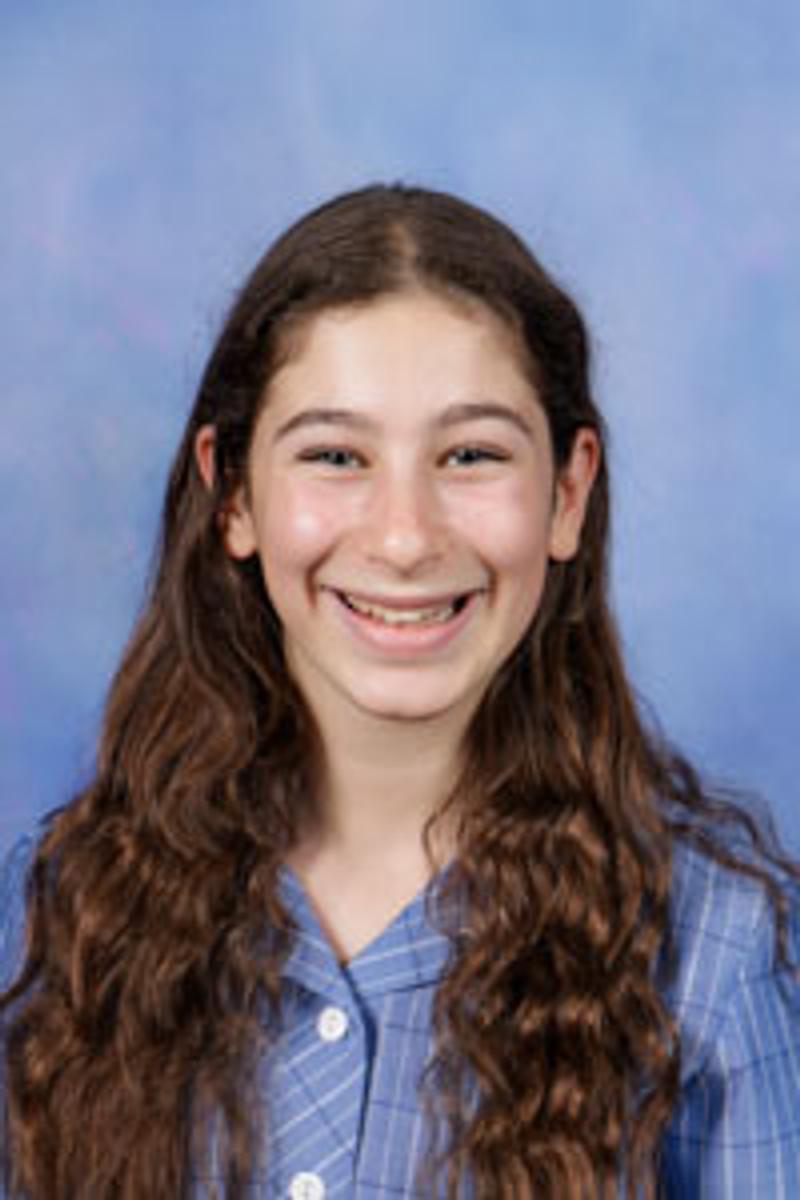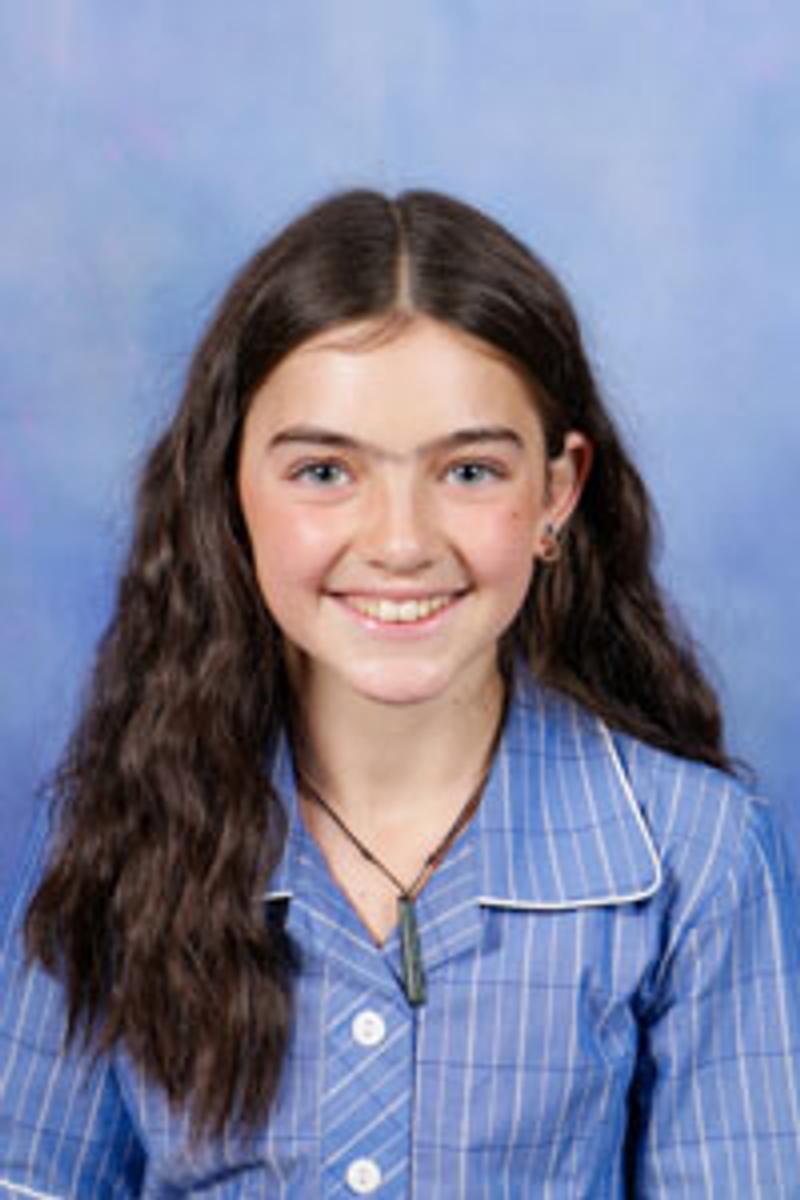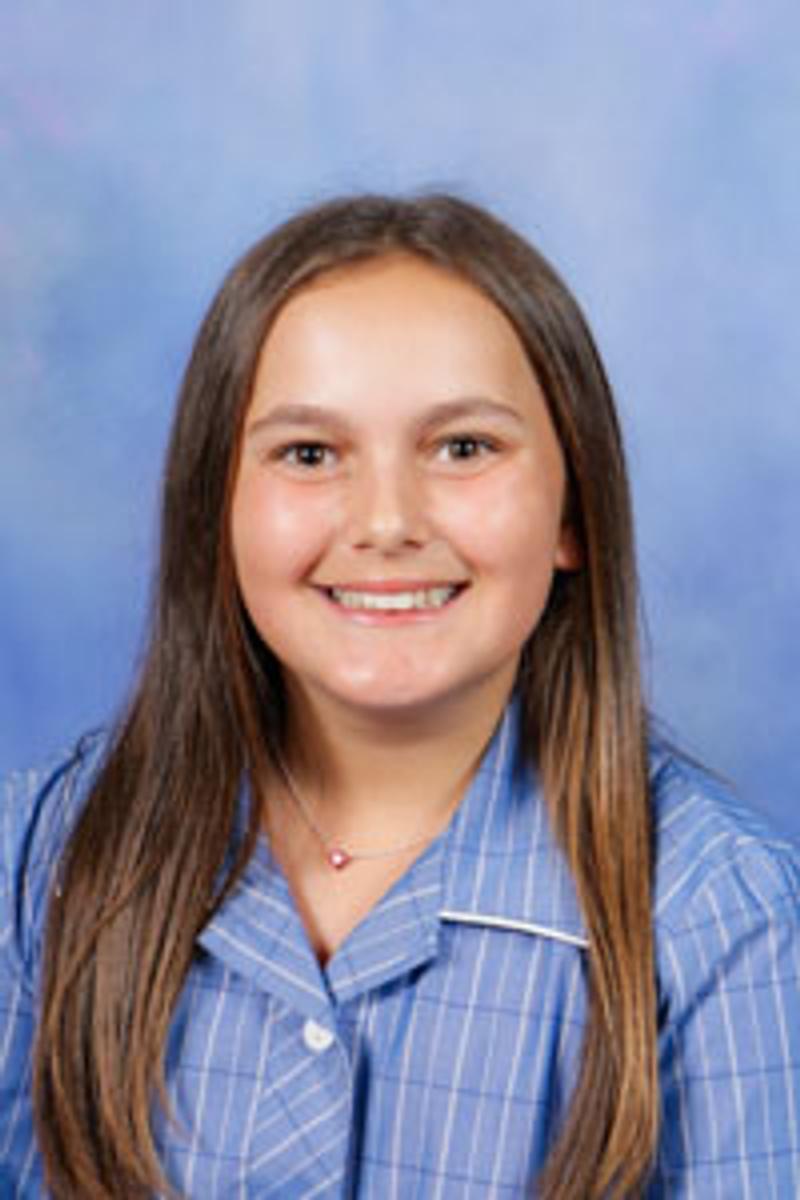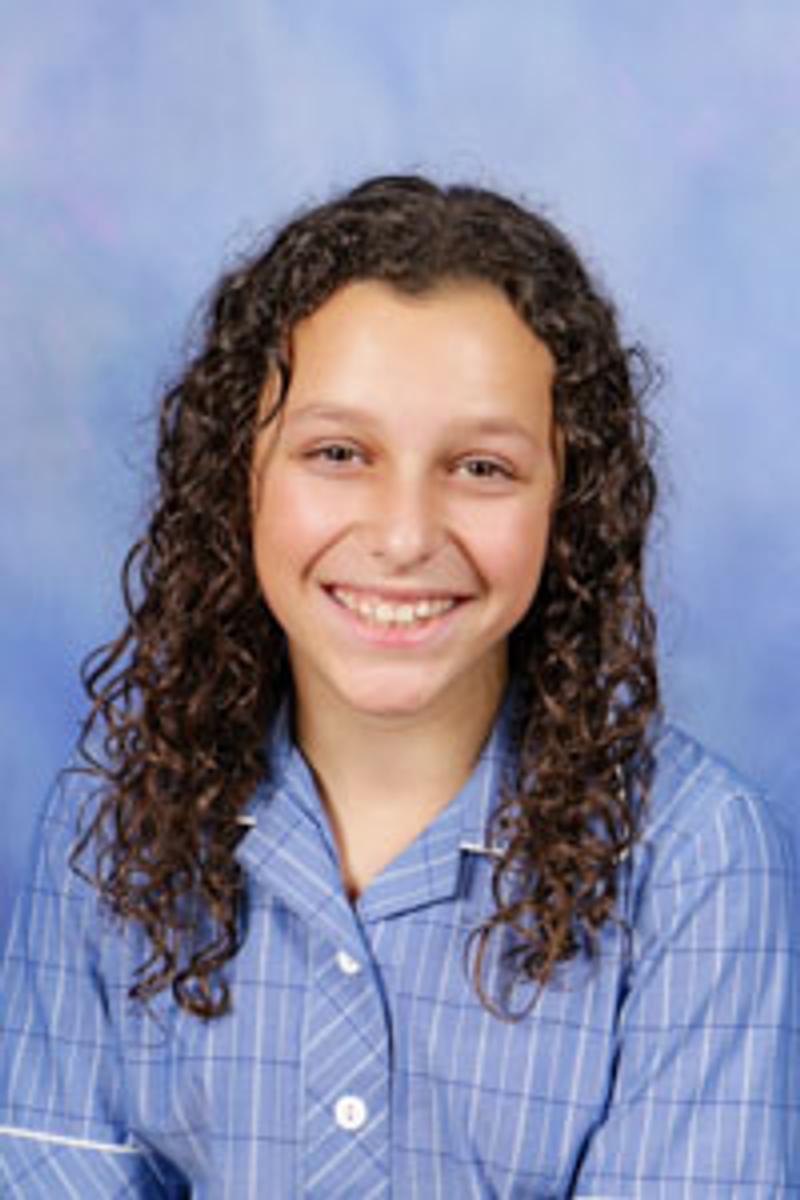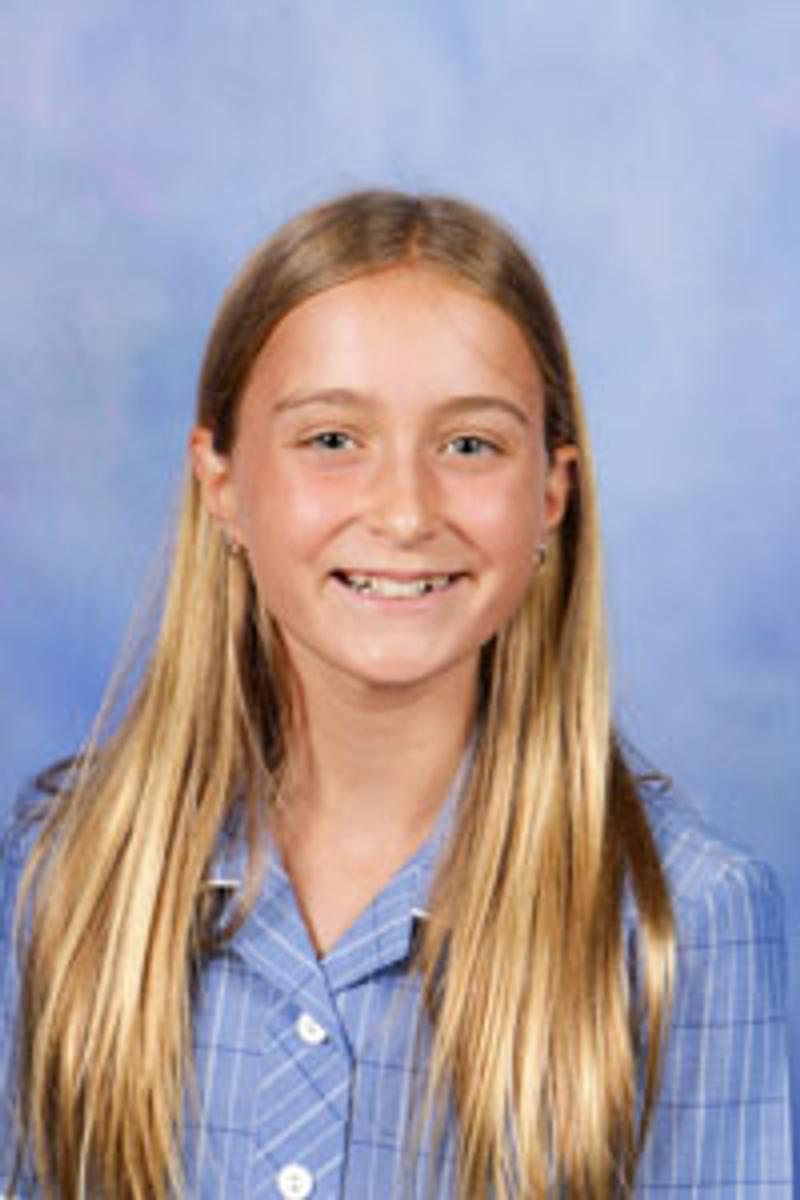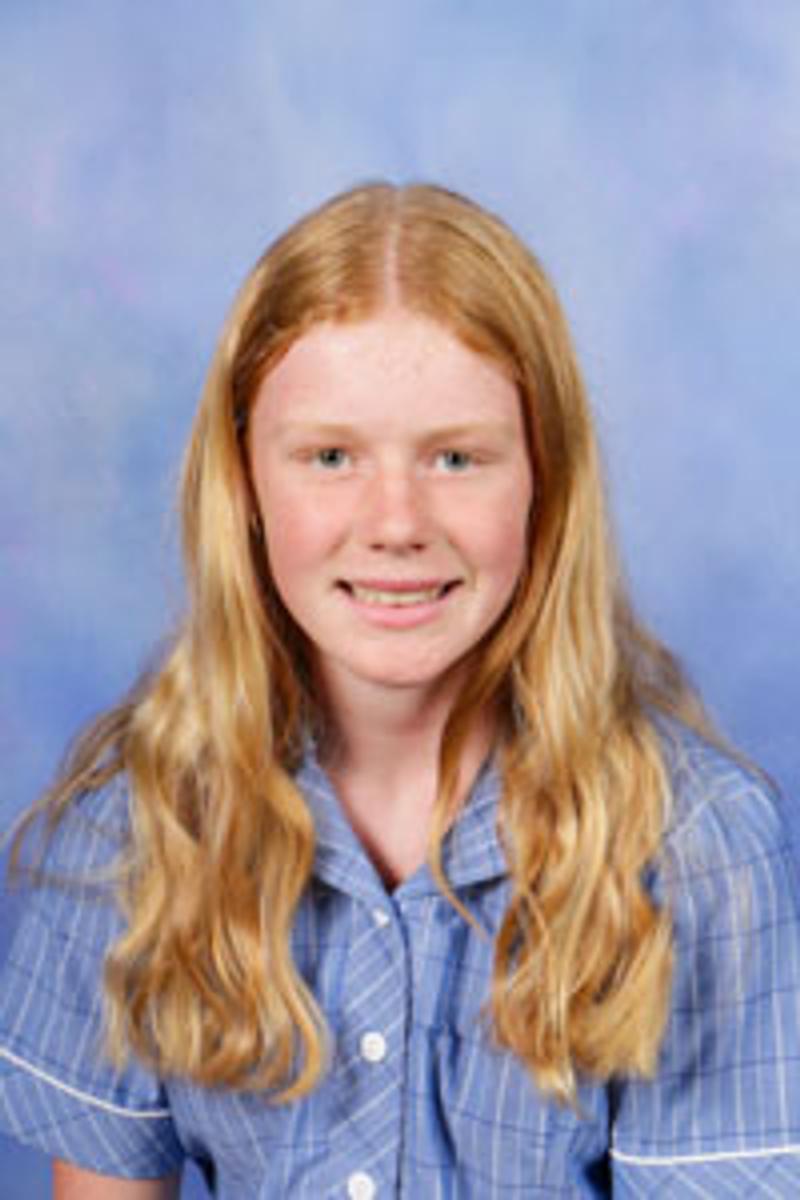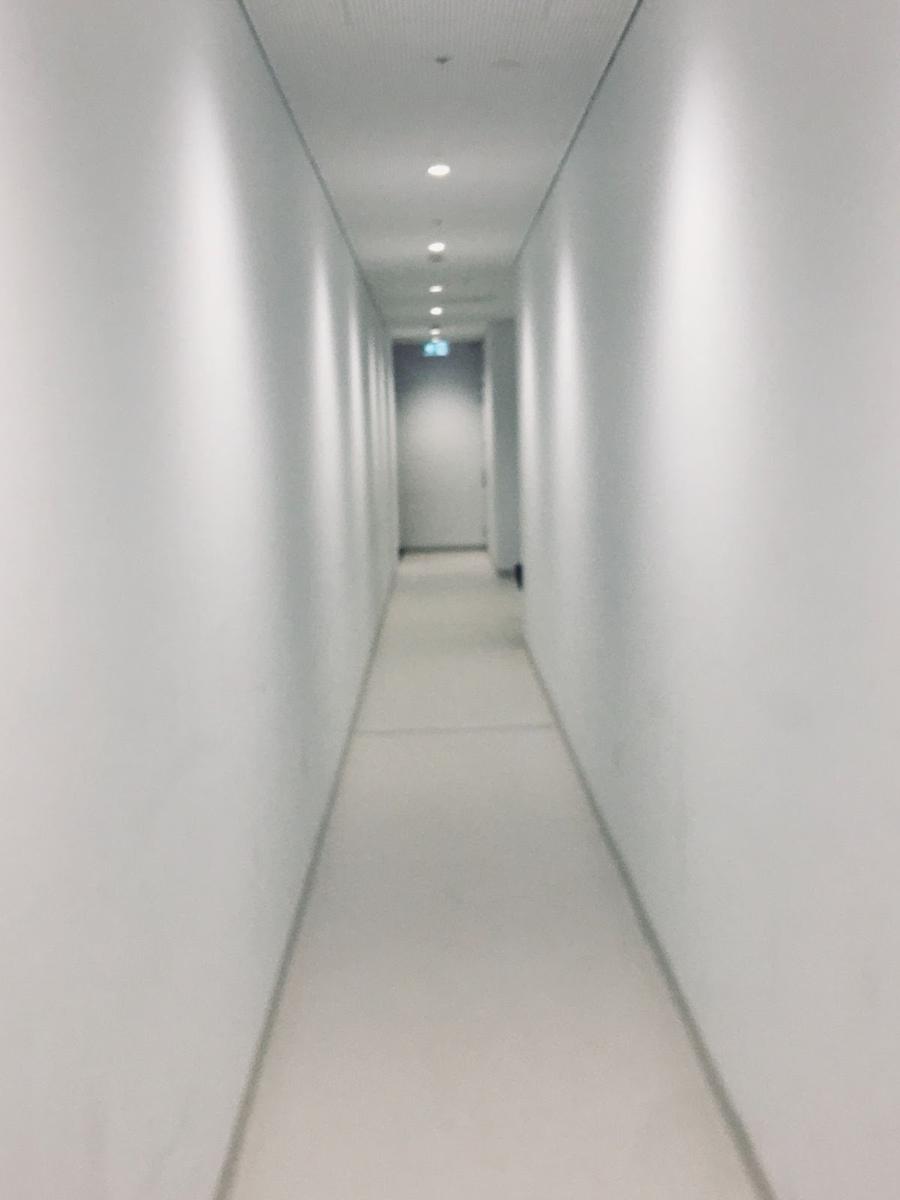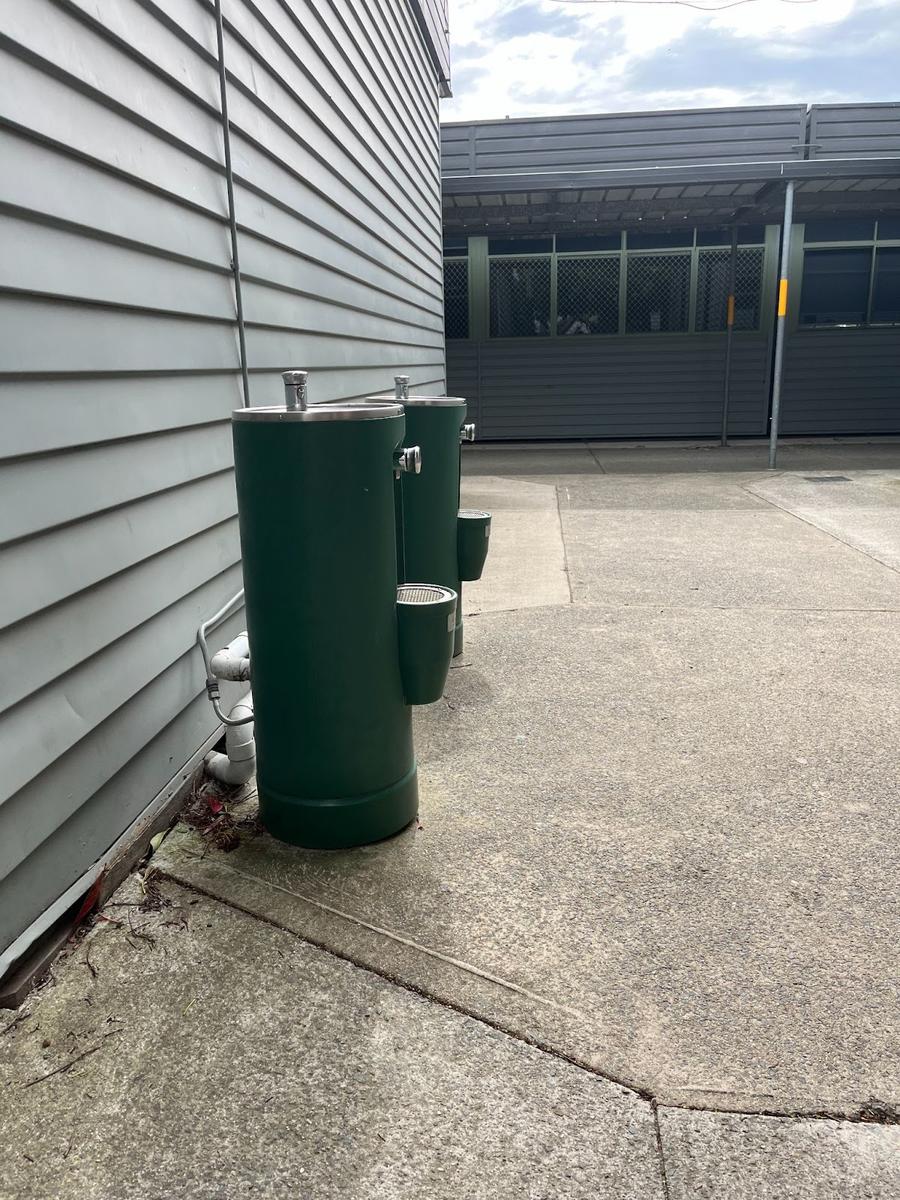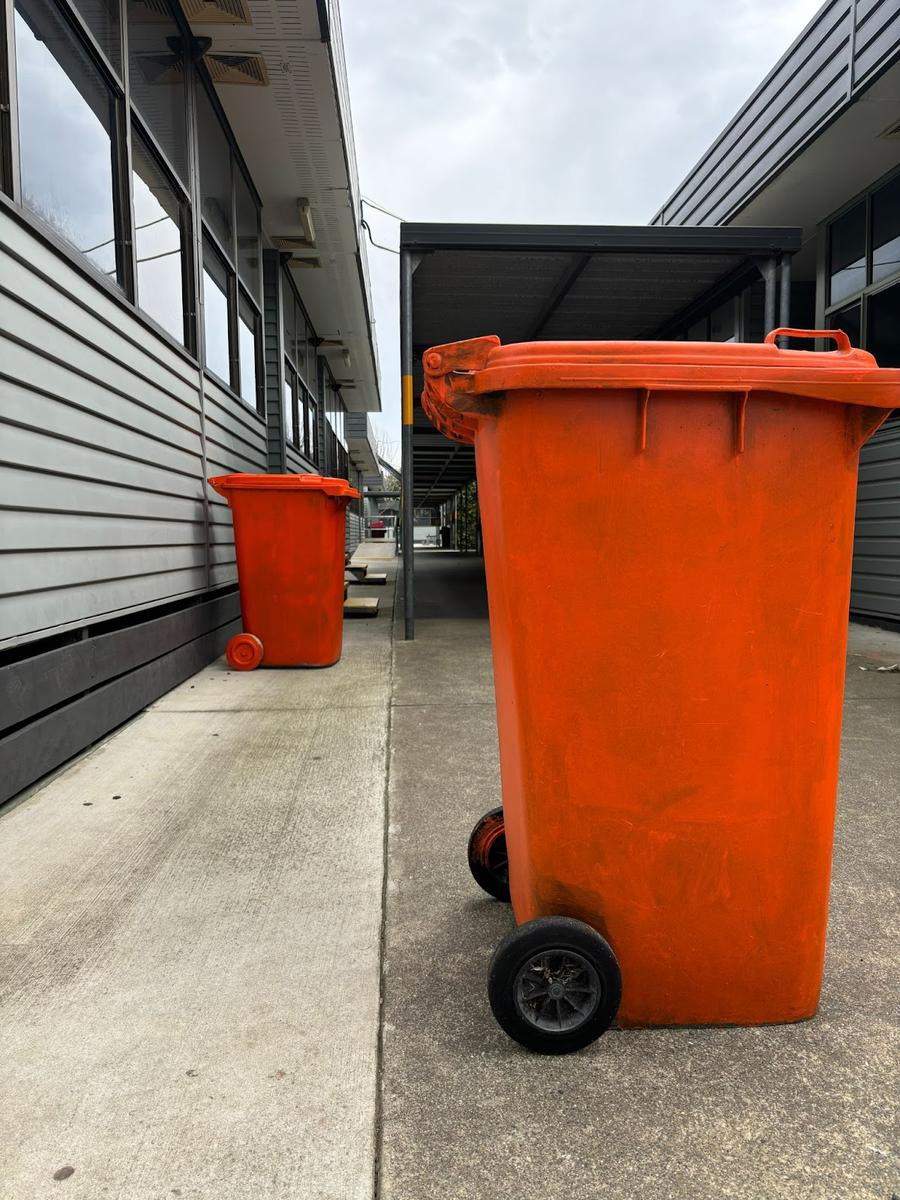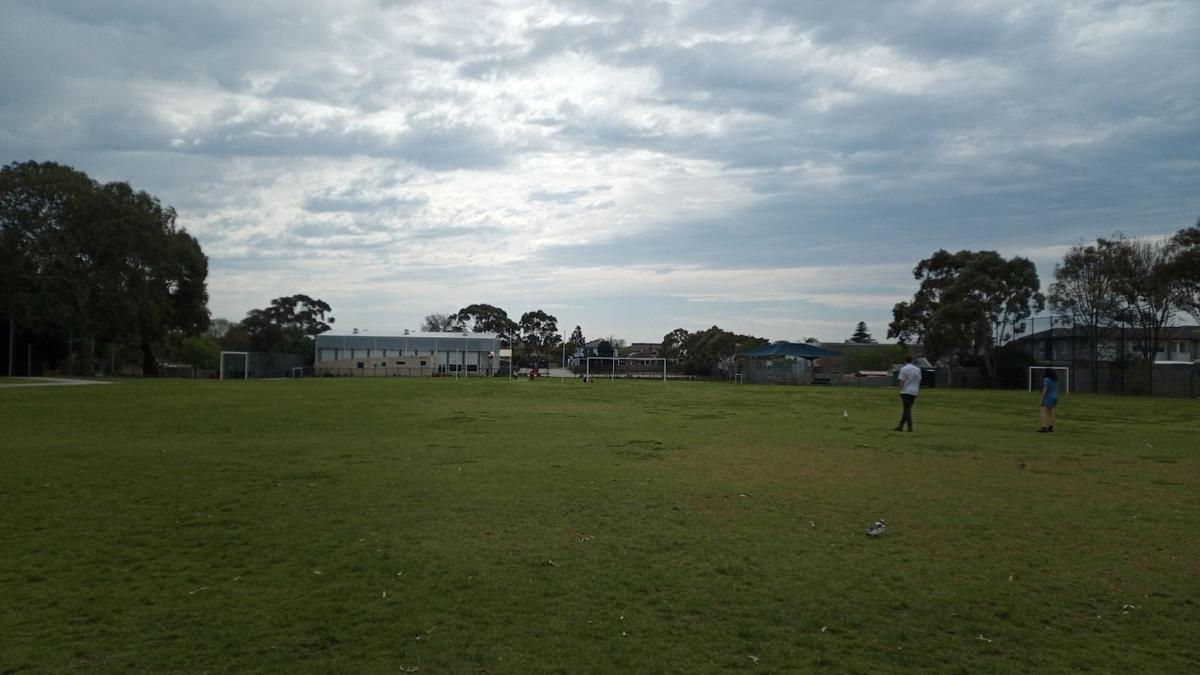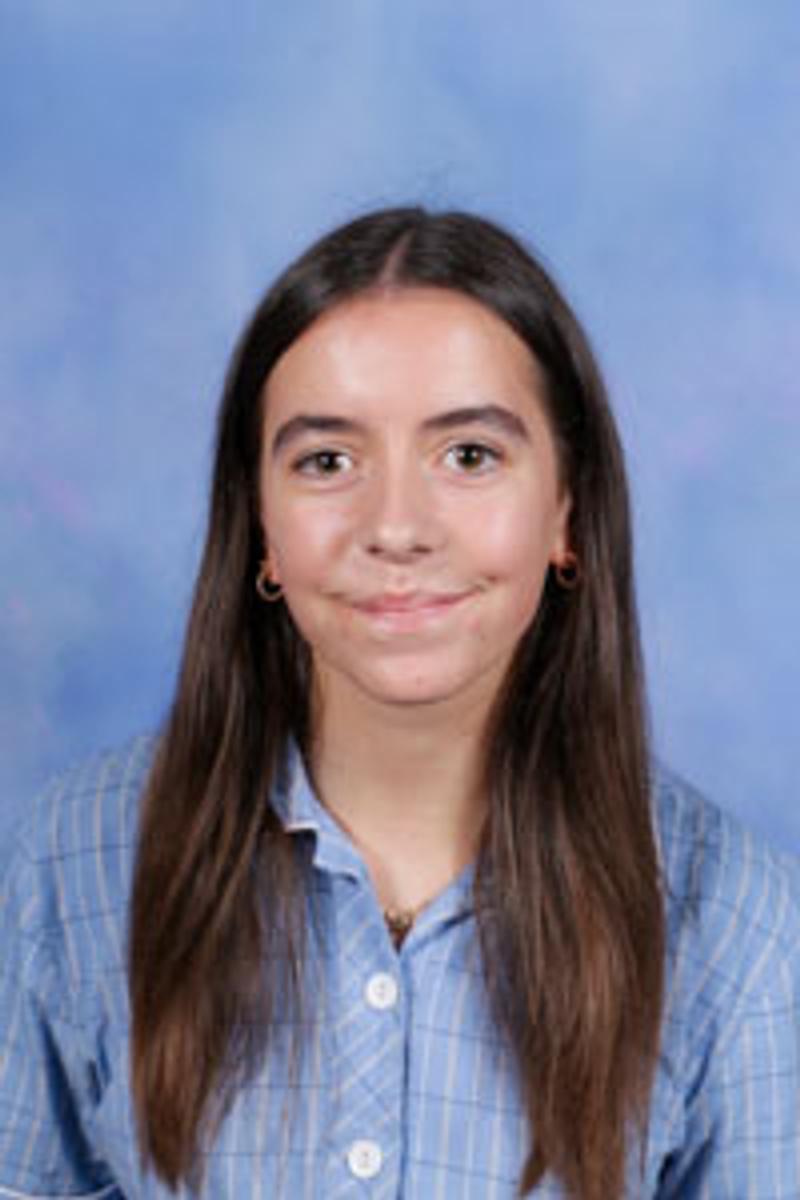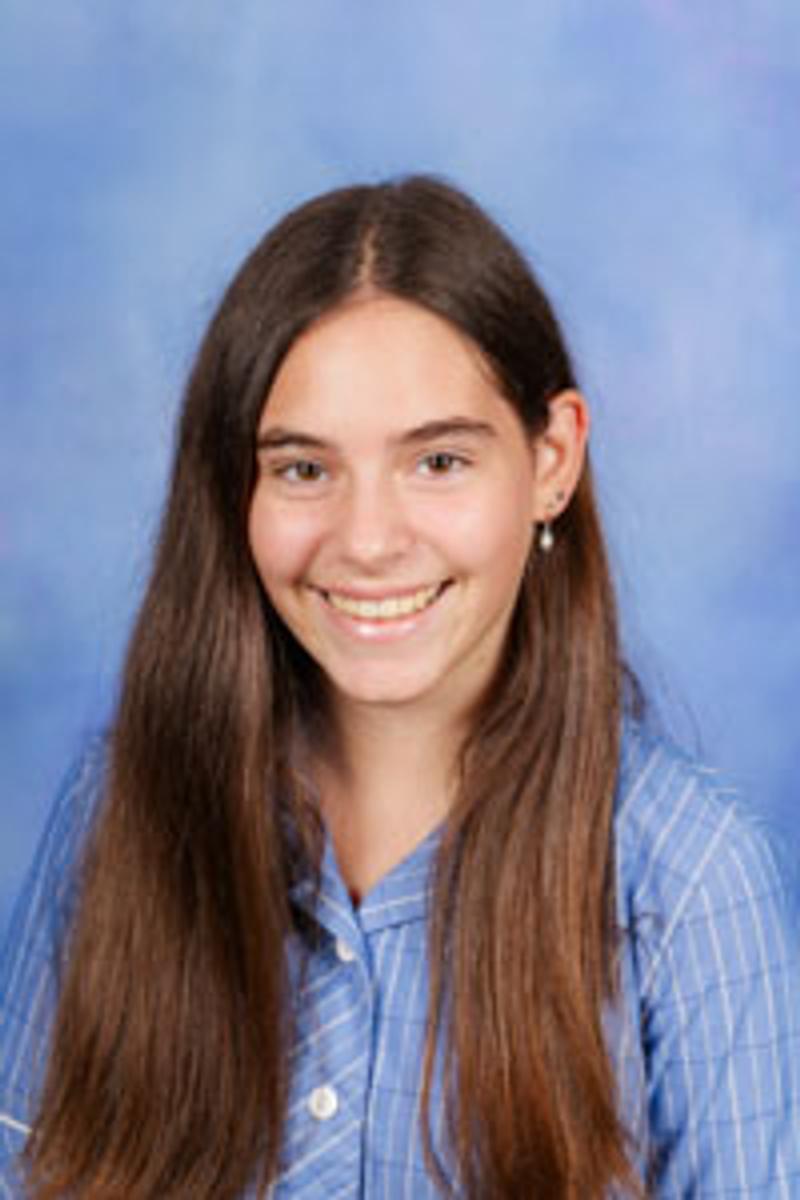SCIENCE
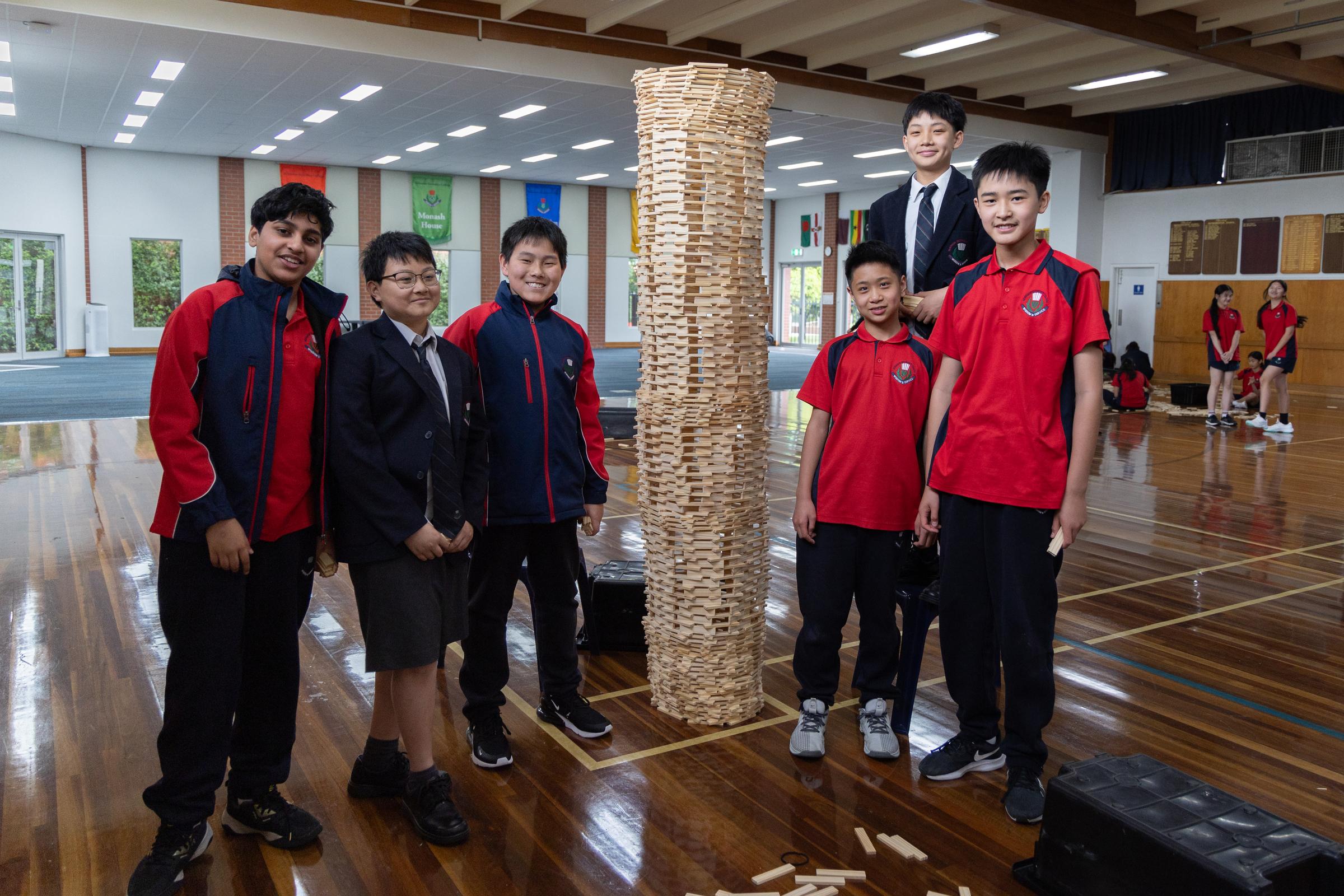
YEAR 7 PLANKS INCURSION
Hi, my name is Sophia Rusin from Year 7 and I was one of the many students who had the wonderful opportunity of participating in the Planks Incursion. Held by Green Hat Workshop, they showed us the many wonders of engineering in the real world by capturing it with jenga blocks! Many Year 7 students had the wonderful experience of creating massive towers out of jenga blocks. Some were able to keep steady at up to 2 metres high! A few students even made structures around one person from their group, fully trapping them inside jenga blocks!
I found this incursion challenging, mostly to come up with good building ideas, but also fun to see other peoples’ creations and bounce off other peoples’ ideas. I definitely enjoyed this incursion and thank Green Hat Workshop for coming along and letting us have a fantastic time!
Sophia Rusin, Year 7
This week the Year 7s participated in the planks incursion. This showcased our creativity by experimenting with wooden blocks. The point of the activity was to be creative and have fun! Everyone built unique structures and towers either by themselves or in small groups. The effort that was put into building the incredible structures definitely showed as every detail had been executed.
So many tall towers were created by experimenting with the patterns of the blocks and new techniques we had learned during the introduction. Some of the students had to rebuild as the towers had fallen, which allowed them to learn from their mistakes and how to build it again stronger with more support.
Thank you Cam for coming to our school and teaching us so much!
Zoe Katz, Luna Dunlop, Sienna Molino, Emma Saffer, Lucy Ford and Georgie Slaughter, Year 7
LEARNING ABOUT VISUAL PERCEPTION IN PSYCHOLOGY
In Unit 2 AOS 2 of Psychology, we are learning about how we perceive the world around us.
One topic we are looking at is depth cues, which are visual indicators that allow us to perceive the distance and three-dimensionality of objects in our environment. They can be categorised into two main types: monocular cues, which require one eye, and binocular cues, which require the use of both eyes. Monocular cues include aspects like linear perspective, texture gradient and relative size, while binocular cues involve convergence and retinal disparity.
As part of a hands-on learning experience, we walked through the school, capturing photographs that exemplified various depth cues. This enabled us to observe and document how different cues manifest in real-world context and analyse how they contribute to our understanding of spatial relationships in our environment.
Picture 1 below shows the pictorial cue of linear perspective - parallel lines appear to converge as they recede into the distance.
Picture 2 demonstrates interposition - the water fountain that is partially blocked is perceived as further away from the viewer than the fountain that is not blocked from view.
Picture 3 depicts the pictorial cue of relative size - we know that the orange bins are the same size in reality, so the bin that casts a smaller image is perceived to be further away, rather than being physically smaller.
Picture 4 demonstrates height in the visual field - we can see the horizon, and objects that are closer to the horizon appear further away.
Picture 5 illustrates texture gradient - the grass decreases in detail, and we perceive that objects that are in greater detail are closer, whereas objects that appear blurry are further away.
Overall, this experience helped reinforce the concepts we learned in class by connecting them to concrete examples. It deepened our appreciation for how our perception of space influences our understanding of the world, demonstrating the practical applications of depth perception in our daily lives.
Ava McLaughlin and Mikayla Silver, Year 10

